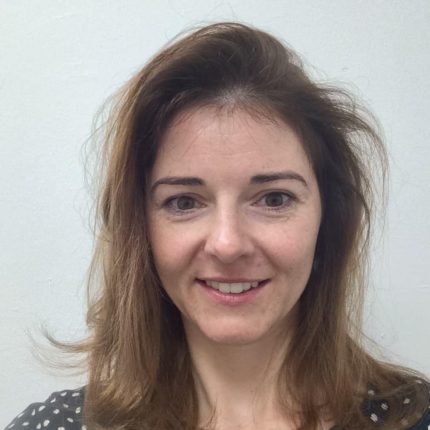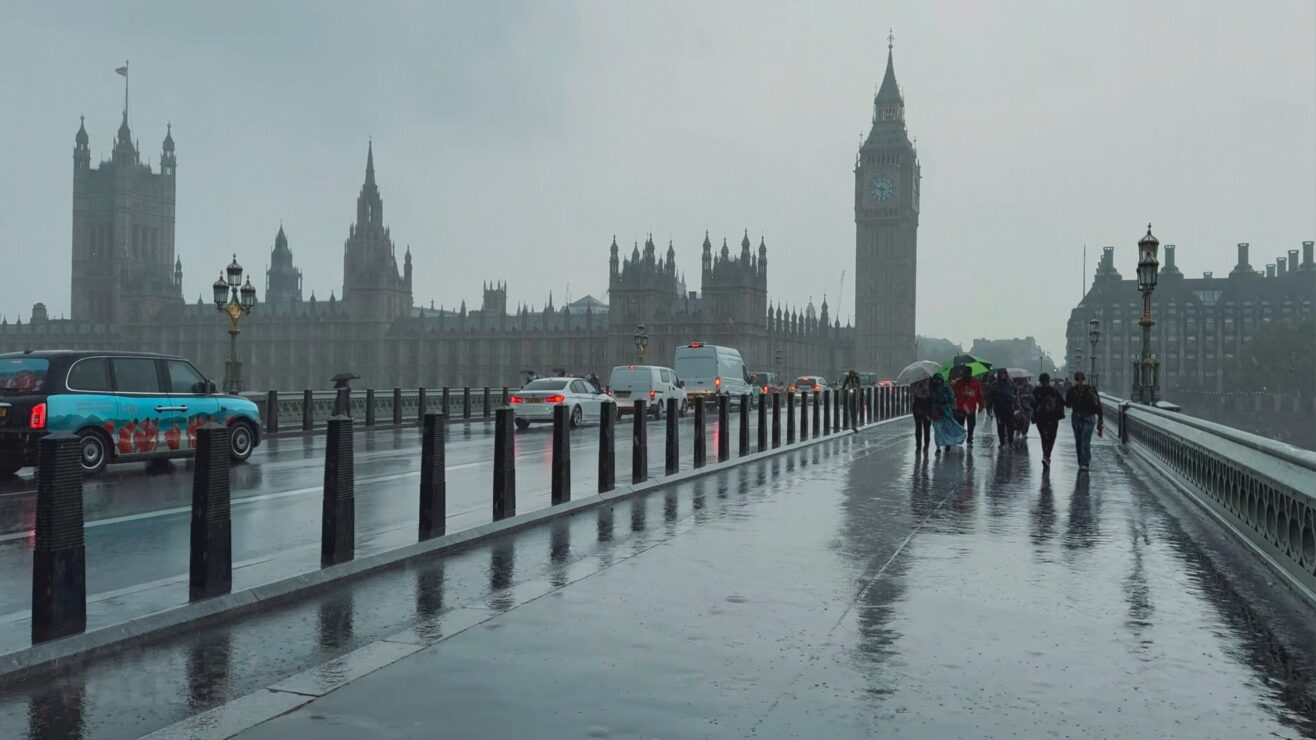University programmes with practical and placement components face the greatest challenges under this lockdown.
A recent roundtable meeting hosted by the QAA with professional, statutory and regulatory bodies (PSRBs) highlighted the difficulties in student progression across a range of professions, some of which are rewriting their plans for the academic year to accommodate missed placement time and practical activities.
Healthcare educators have been relatively fortunate because their students have been allowed to return to campus-based activities and clinical placements. Staff are already working hard to create placement hours to replace those missed by students last year – any further disruption to courses caused by national education policy would have made this even more difficult.
So, healthcare students were allowed to push on into the new term as planned and many went straight into clinical placements. However, the health sector’s position has worsened since last term constraining placement capacity.
Already this term the sector has been forced to respond by negotiating additional regulatory flexibility from the Nursing and Midwifery Council (NMC) on first year programme structure and student supervision and assessment. These measures will make it easier to keep students moving through their programmes, but will still need to be supplemented in most universities by an increased use of simulation and programme innovation over the coming weeks.
Paid placements bombshell
Last week healthcare education was further complicated by a request by the Secretary of State for Health and Social Care to reintroduce paid placements for students in England to support clinical services. Few saw this coming as there had been widespread agreement that normalising education and ensuring student progression should be the priority – not least because the NHS needs to recruit a new cohort of competent graduates this summer.
The introduction of paid placements last spring led to operational complexity for university staff and in some cases confusion, disappointment and contractual problems for the students opting into these arrangements. Paid placements required rapid and fundamental programme changes for all years, which has had longer term implications for course structure.
It is no surprise that healthcare faculties feel such policies should be reintroduced only as measures of last resort, though they remain willing to work with placement providers to redesign programmes around service needs. Acknowledging the extraordinary pressures facing parts of the NHS, the NMC introduced regulatory changes on 14 January to create the possibility of paid placements for third year nursing students only.
Equity challenges
This is not a return to the spring 2020 arrangements. Lessons have been learned and the university sector has successfully lobbied for a more flexible system that will leave implementation decisions to nations, universities and their placement partners.
England is currently the only nation planning to use paid placements. Universities have now begun discussions with service partners to gauge interest in this model. If a decision is reached to introduce paid placements locally, universities will work with students to ensure that individual choices are respected.
This creates new work for faculties already grappling with staff sickness, absence and fatigue, but it is probably preferable to a blanket approach to student deployment without regard to local circumstances. Health faculties have asked for any implementation of these arrangements to be handled by universities to avoid a repeat of the administration burden experienced last year.
The narrow scope of these arrangements and high degree of choice could raise questions of fairness across the student body. Allied health profession, midwifery and first and second year nursing students may now object to undertaking placements without pay. We may find final year nursing students expecting payment in areas where there is no desire to use these provisions.
It will take some days to understand how many students will enter paid placements. Whatever the decisions made, universities will be left with the unenviable job of managing student expectations and communications while continuing to ensure programme quality and placement experiences in very difficult environments.













Any Nursing staff reading this have all my sympathies in dealing with what was and remains a very demanding situation. (I helped with the Spring 2020 changes in my institution, and it was highly complex). But the focus on paid placements means that it’s a little difficult to see what the article is objecting to here. Given high demands on healthcare staff, the Government has taken a decision to try to get (proportionately) more final year nurses into the workplace to support the pandemic response, via the possibility of 100% placement (as opposed to 50% placement) in the final year.… Read more »